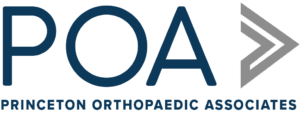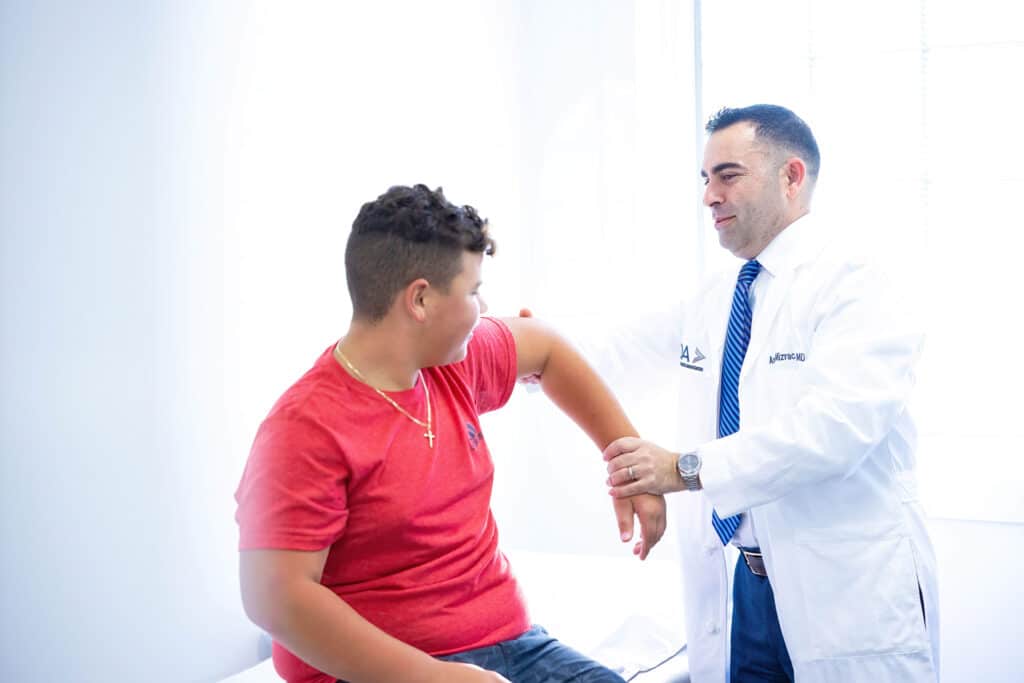
Physician Assistants
Physical & Occupational Therapists
KneeMRI ScansNon-OperativePhysiatry
Physical Therapy
Podiatry
Spine
Sports Medicine
TraumaUrgent Care
X-Ray Imaging

Back surgery is a viable and sometimes necessary treatment option for significant musculoskeletal problems (like herniated discs) when other solutions have failed. A pain management expert may assist you in determining whether surgery is an appropriate alternative after making sure that all other choices have been exhausted.
The following problems, according to the National Institute of Arthritis and Musculoskeletal and Skin Diseases (NIAMS), part of the National Institutes of Health (NIH), might be good candidates for surgical treatment:
Back pain can occasionally be caused by a tumor, an infection, or cauda equina syndrome. To ease the discomfort and prevent further issues in these situations, NIAMS recommends surgical intervention as soon as possible.
Some of the most common surgical choices for low back pain are the following:



Back surgery has a greater risk than other types of operations since it is done closer to the nervous system. Paralysis and infections are the most serious of these threats. Even if you have a successful operation, recovery may take months. Healing time will vary depending on the sort of surgery and your health before the procedure. And you could permanently limit your mobility.
Patients are typically under general anesthesia during back surgery. In addition to the usual hazards of anesthesia, there are additional risks associated with the patient lying face down on the surgical table. This posture affects the body's hemodynamics, or how blood flows through the body. The position also prevents the surgical team from accessing the patient's airway. This necessitates careful placement of equipment, monitors, patients, and anesthesiologists for everything to fit together correctly. It's critical to have a physician anesthesiologist in the operating room to ensure that everything is in order and that they can act swiftly if anything goes wrong.
Post-operative pain following a neck surgery is not unusual. It would help if you explored various techniques for alleviating pain after the operation. It is important to understand that no two patients have the same procedure. That means the above options and combinations of options may not work for everyone—discussing these choices with a pain management professional who can compare the benefits and drawbacks of each option or combination of options, as well as their effectiveness, side effects, the potential for addiction, and impact on rehabilitation.
Some factors to consider:
Physician anesthesiologists who specialize in pain management can collaborate with you before and after surgery to create a specific treatment plan for your needs, background, and preferences. They will keep track of what is working and what isn't after surgery, so they may adjust your pain management therapy as needed.

© 2023 Princeton Orthopaedic Associates. The contents of princetonorthopaedic.com are licensed under a Creative Commons Attribution-NonCommercial 4.0 International License. Copying without permission is strictly forbidden.